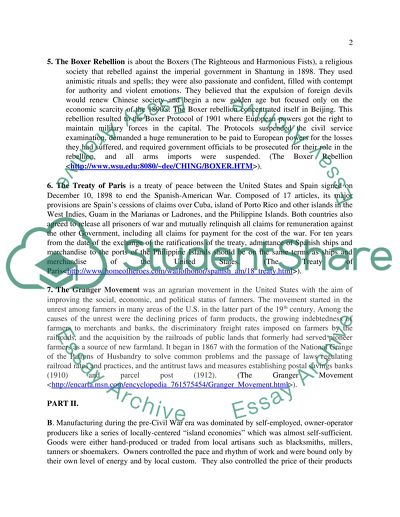Cite this document
(“Manufacturing during the pre-Civil War Essay Example | Topics and Well Written Essays - 500 words”, n.d.)
Manufacturing during the pre-Civil War Essay Example | Topics and Well Written Essays - 500 words. Retrieved from https://studentshare.org/history/1519473-american-history-manufacturing-during-the-pre-civil-war
Manufacturing during the pre-Civil War Essay Example | Topics and Well Written Essays - 500 words. Retrieved from https://studentshare.org/history/1519473-american-history-manufacturing-during-the-pre-civil-war
(Manufacturing During the Pre-Civil War Essay Example | Topics and Well Written Essays - 500 Words)
Manufacturing During the Pre-Civil War Essay Example | Topics and Well Written Essays - 500 Words. https://studentshare.org/history/1519473-american-history-manufacturing-during-the-pre-civil-war.
Manufacturing During the Pre-Civil War Essay Example | Topics and Well Written Essays - 500 Words. https://studentshare.org/history/1519473-american-history-manufacturing-during-the-pre-civil-war.
“Manufacturing During the Pre-Civil War Essay Example | Topics and Well Written Essays - 500 Words”, n.d. https://studentshare.org/history/1519473-american-history-manufacturing-during-the-pre-civil-war.


